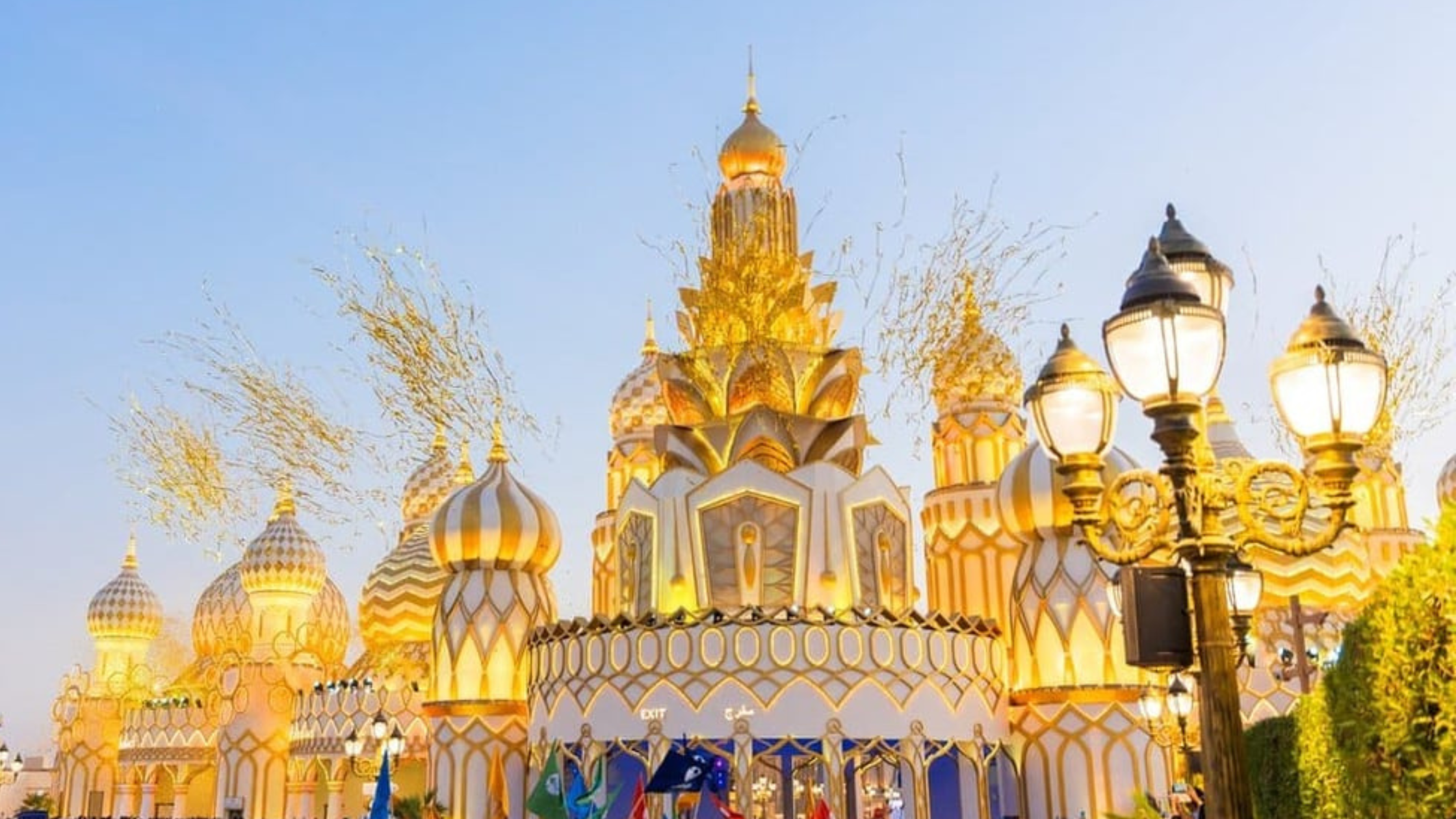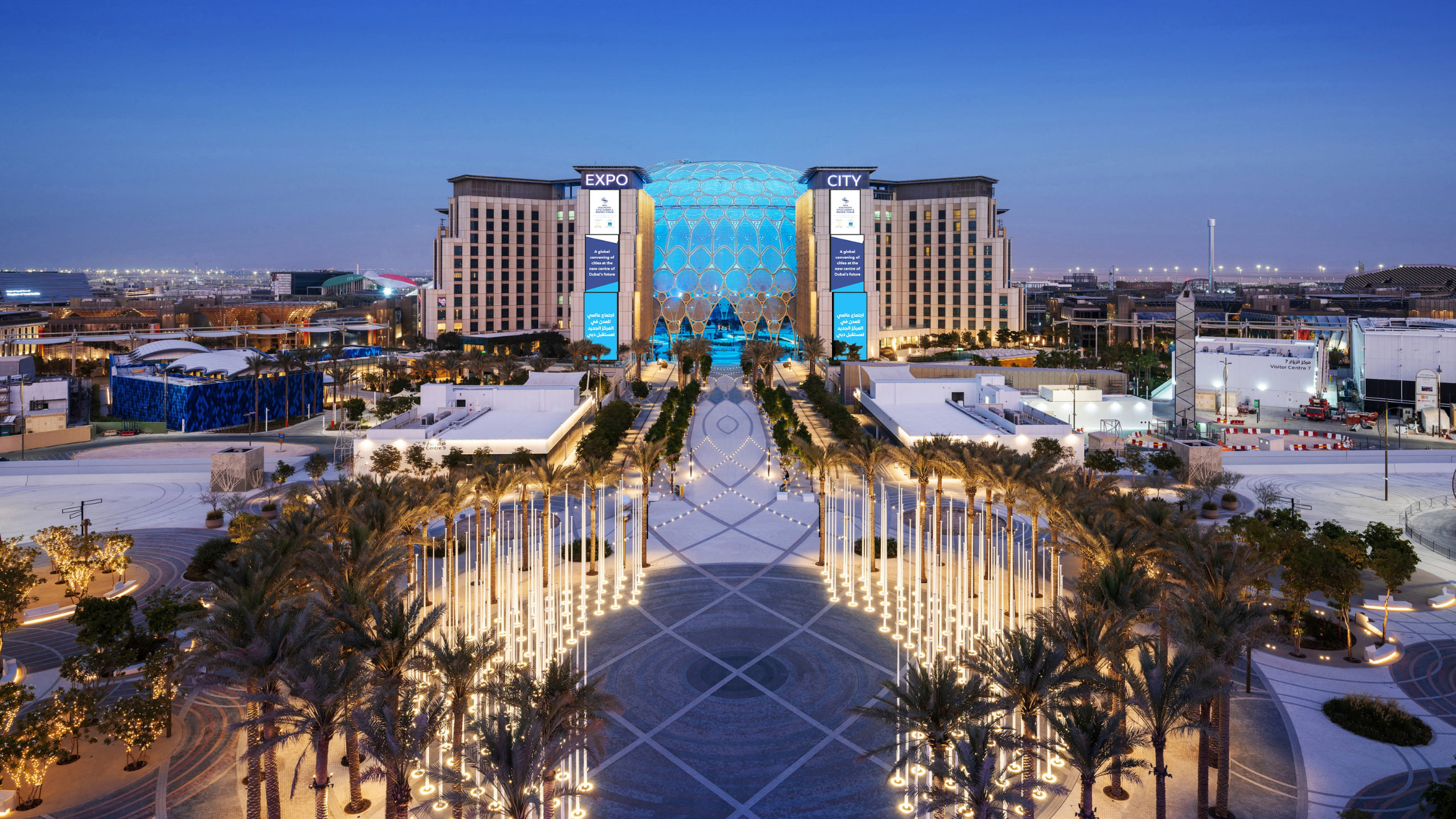Rudrastra: India’s 4.5 km Freight Train Sets World Record

Indian Railways has made history by running the world’s longest freight train, called Rudrastra, stretching an amazing 4.5 kilometers. This huge train shows how India is improving its rail transport and logistics to support its growing economy. The Rudrastra, with 354 wagons, six rakes, and seven engines, traveled 200 kilometers from Ganjkhwaja to Garhwa Road station under the East Central Railway’s DDU Division, passing through Dhanbad. Union Railway Minister Ashwini Vaishnaw shared this exciting news on X, saying, “Rudrastra – Bharat’s longest freight train (4.5 km long),” with a video showing the train’s size.
Why Rudrastra is a Big Deal
The Rudrastra train is more than just long—it’s a smart way to move goods. By combining six freight trains into one, it saves time, money, and rail tracks. The East Central Railway said running these trains separately would need six routes and crews, but Rudrastra does it all at once. This helps move more goods, like coal, faster, supporting India’s energy and manufacturing industries.
For the UAE and Middle East, where trade and logistics are key, Rudrastra’s success is inspiring. The UAE’s Etihad Rail project, which connects ports and cities, has similar goals of moving goods quickly and cheaply. Rudrastra shows how big trains can make supply chains better, something the Middle East can learn from for its own infrastructure projects.
The Journey: Ganjkhwaja to Garhwa Road
On August 7, 2025, at 2:20 PM, Rudrastra left Ganjkhwaja station and traveled 200 kilometers to Garhwa Road station via Dhanbad. It used the Dedicated Freight Corridor (DFC) from Ganjkhwaja to Sonnagar, then regular tracks. The trip took five hours, with the train moving at 40 km/h despite its huge size. The DDU Division, known for coal transport and fixing wagons, made sure everything went smoothly.
The Dedicated Freight Corridor is a special track for cargo trains, keeping passenger trains separate to avoid delays. By January 2023, 1,724 kilometers of the DFC were ready, with 861 kilometers on the Eastern DFC and 863 kilometers on the Western DFC. Rudrastra’s journey shows how the DFC helps move goods faster, offering ideas for Middle East rail projects like the GCC Railway.
Technology and Teamwork
Running a 4.5-kilometer train takes a lot of technology and planning. Rudrastra’s seven engines were placed carefully to pull 354 wagons without problems. The DDU Division checked every wagon to make sure they were safe and ready. This teamwork shows how Indian Railways is using modern technology to handle big tasks.
India is investing a lot in its railways. The Union Budget 2025-26 gave Rs. 3.02 lakh crore (US$34.7 billion) to railways, up from Rs. 2.52 lakh crore in 2024-25. This money supports projects like the DFC and Vande Bharat trains. For the UAE, where smart cities and new infrastructure are big, Rudrastra shows how technology can improve freight transport.
Helping India’s Economy Grow
Rudrastra helps India’s economy by moving more goods at once. In FY25, Indian Railways earned Rs. 1.75 lakh crore (US$20.5 billion) from freight, up from Rs. 1.68 lakh crore in FY24, moving 1,617 million tonnes of cargo. Big trains like Rudrastra cut transport costs and help industries like coal, steel, and cement, which are important for India’s growth.
In the UAE and Middle East, where trade drives the economy, Rudrastra’s success is a great example. The Etihad Rail project in the UAE wants to make supply chains faster and cheaper, just like Rudrastra. This could inspire the region to try big freight trains for moving goods like oil or construction materials.
Setting a Global Record
Rudrastra might make it to the Guinness Book of World Records as the world’s longest freight train. At 4.5 kilometers, it’s longer than the Super Vasuki, which was 3.5 kilometers and carried 27,000 tonnes in 2022. This puts Indian Railways on the global stage, showing the world how to move huge amounts of cargo efficiently.
The UAE, known for events like Expo 2020 Dubai, values innovation. Rudrastra’s record shows how big ideas in rail transport can work, giving the Middle East ideas for its own logistics projects like the GCC Railway.
Challenges and the Future
Running a 4.5-kilometer train isn’t easy. It needs strong tracks, perfect engine timing, and strict safety rules. The DDU Division planned carefully to avoid any problems. Indian Railways is also working to be carbon-free by 2030, using projects like the DFC and electric trains to cut pollution.
In the Middle East, where green transport is important, Rudrastra’s success shows how big trains can be eco-friendly. Projects like Etihad Rail and the GCC Railway aim to reduce road transport, and India’s experience could help them save energy and lower emissions.







